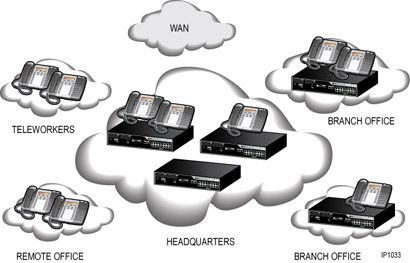
To model a network for bandwidth management, the network is divided into zones of co-located devices.

The network is modeled essentially in a tree configuration, and the tree has a root node. The WAN is the root node in this example. Zones are nodes of the tree (see below). The bandwidth between these adjacent zones is what is tracked and managed.
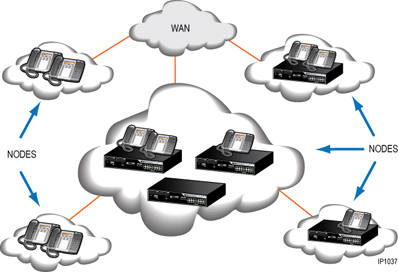
A "data pipe" connects these adjacent nodes in the network where the bandwidth needs to be managed. Every data pipe has a Zone Access Point (ZAP). The ZAP is the point in the network where the bandwidth for the pipe is measured and managed.
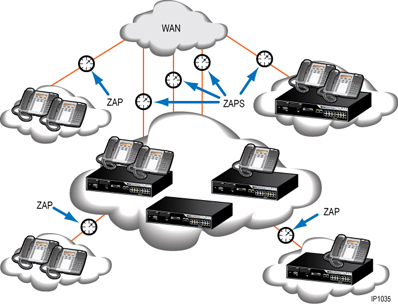
A data pipe can be fragmented into one or more smaller pipes (as shown above between the WAN and the Headquarters office). This scenario can be used in situations where load balancing and resiliency is required. Each pipe has a ZAP where the bandwidth is measured. The ZAPs between each pair of zones have a ZAP ID number and a ZAP label. In most cases, there is just one ZAP between each pair of zones so most of the ZAPs in the network have a ZAP ID of 1. Therefore, you must use the ZAP label to identify the ZAPs in the network. You assign unique labels to the ZAPs in the Network Zone Topology form.
A node may be connected downstream by one or more nodes; for example, the WAN connects to the Headquarters office, and the Headquarters office connects downstream to other offices. A node is connected upstream by only one node. In the example above, all regional offices connect upstream to only one node.
Every ZAP must be managed by a single ICP. An ICP can manage more than one ZAP, though. All calls through the ZAP must be routed through the ICP managing the ZAP for the call to be counted.
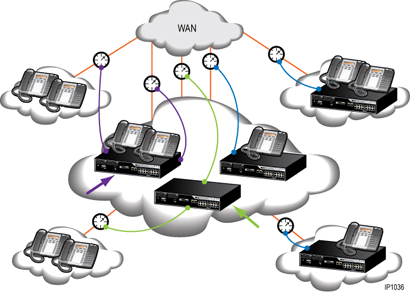
In a tree, a zone can only have one parent. A zone may have a number of child zones connected. In the example, Zone 2 is a child of Zone 1.
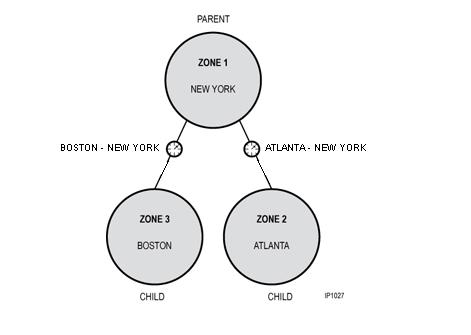
|
Zone (Tree node) |
Parent Zone |
|
1 |
None |
|
2 |
1 |
|
3 |
1 |
A zone can be no more than five ancestors away from a root node.
Another restriction of a tree is that a circular path may not exist, that is, a specified parent zone must not be a grandchild of the same zone. The example below illustrates that Zone 1 cannot have a Parent Zone 2.
|
Zone (Tree node) |
Parent Zone |
|
1 |
2 |
|
2 |
1 |
|
3 |
1 |
